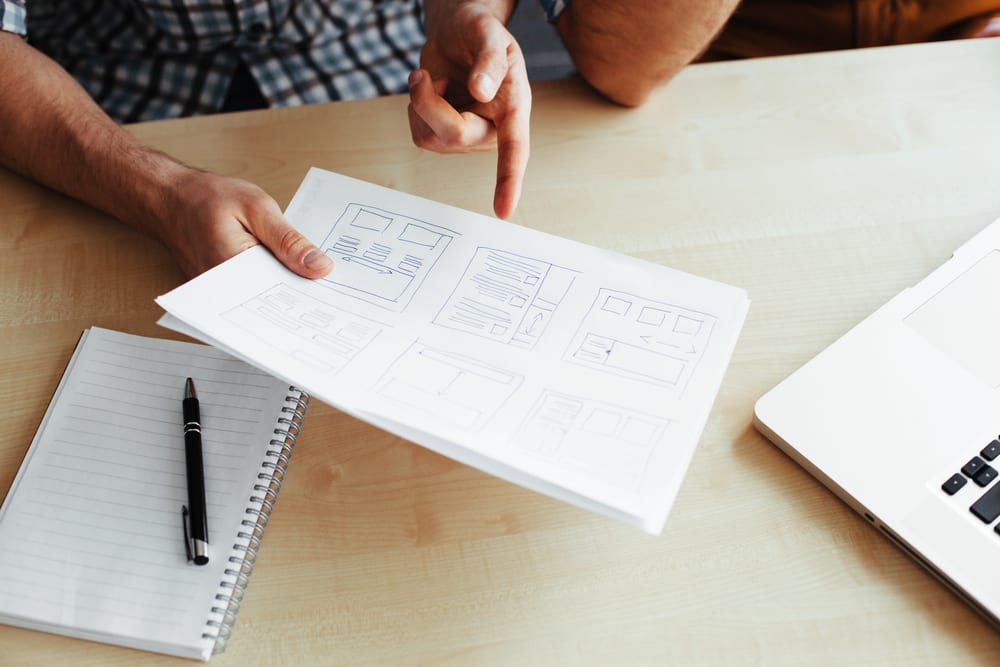
The Essentials To Responsive Web Design
We have all across a poorly designed site that makes us pinch and zoom on our screens to read the last words present in a paragraph. This experience leaves a bad taste in our mouths. It is super important to design your web applications responsively. If the design of your web application is only fit for a specific platform, then it automatically affects its usability.
The ideal web design should always cater to every user and their device. We will be talking about the four keys that are a necessity for all Warrington web designers. The developers should put their focus on these keys to improve the designing process in every web application.
How To Resize
You need to instruct your browser on how to resize. You need to include this meta tag inside the head of your HTML:
<meta name=”viewport” content=”width=device-width, initial-scale=1″>
It enables your browser to start scaling to any size based on the device it’s on. Every device will start interpreting its method in resizing your design without a meta tag. It will cause your design to appear different compared to what you intended it to look like on some devices.
Changing Content Size
Now we need you to change your content size to prevent horizontal scrolling. It helps promote a better user experience. You can do so in three ways:
Relative Width Units: You need to only utilize relative width units here. These widths tend to be dependent on a different thing. You can easily implement it by using width: 100% on the containers. But it is also possible to experiment by utilizing the relative unit of vw.
Avoiding Fixed Widths: There are risks present with fixed widths, such as elements starting to render outside the user’s browser. Also, the users should avoid scrolling horizontally to see webpage parts.
Avoiding Absolute Positioning: You need to avoid the use of absolute positioning on bigger elements. Absolute positioning cares the least about the screen of the user’s browser. There is a huge probability for your website design to break if the navbar in your website is positioned. It will break whenever the user rotates, scroll, or pinches the screen.
CSS Media Queries Usage
It is important for responsiveness in your site. Here, media queries act as filters for the CSS code. Viewing your content or resizing your screen will render in a different way. The media queries enable you to have control over how the elements of DOM appear on varying screen sizes and orientations. You will notice a responsive rendering of your content. For using CSS media queries, you just have to contain all the CSS styles you prefer inside of the size rule that you set.
The Correct Breakpoints
The most crucial part of utilizing CSS media features includes picking the right breakpoints. We advise you to envelope multiple cases to ensure that the elements on your page are accessible to all the devices. You can start from the smallest device and work your way up. You can call this idea or concept “Mobile First Design.” If your site works fully on a mobile phone, then you can expect it to work fine on all platforms.
Just make sure to adjust its display and also insert increased functionality for the other platforms. It is important to ensure increased usability for every user on all devices. Plus, you are also future-proofing your site because most users use their smartphones and tablets. You can start designing your site’s content to look its absolute best on the smaller screens first.
After that, you need to slowly proceed in expanding the screen. You need to add a breakpoint whenever you start to notice excess white space inside your application. Now you need to start adjusting your layout to the newer breakpoint. To make it more natural-looking, start increasing font sizes and adjust margins and paddings. You can also start rearranging the components to make things appear neater.




